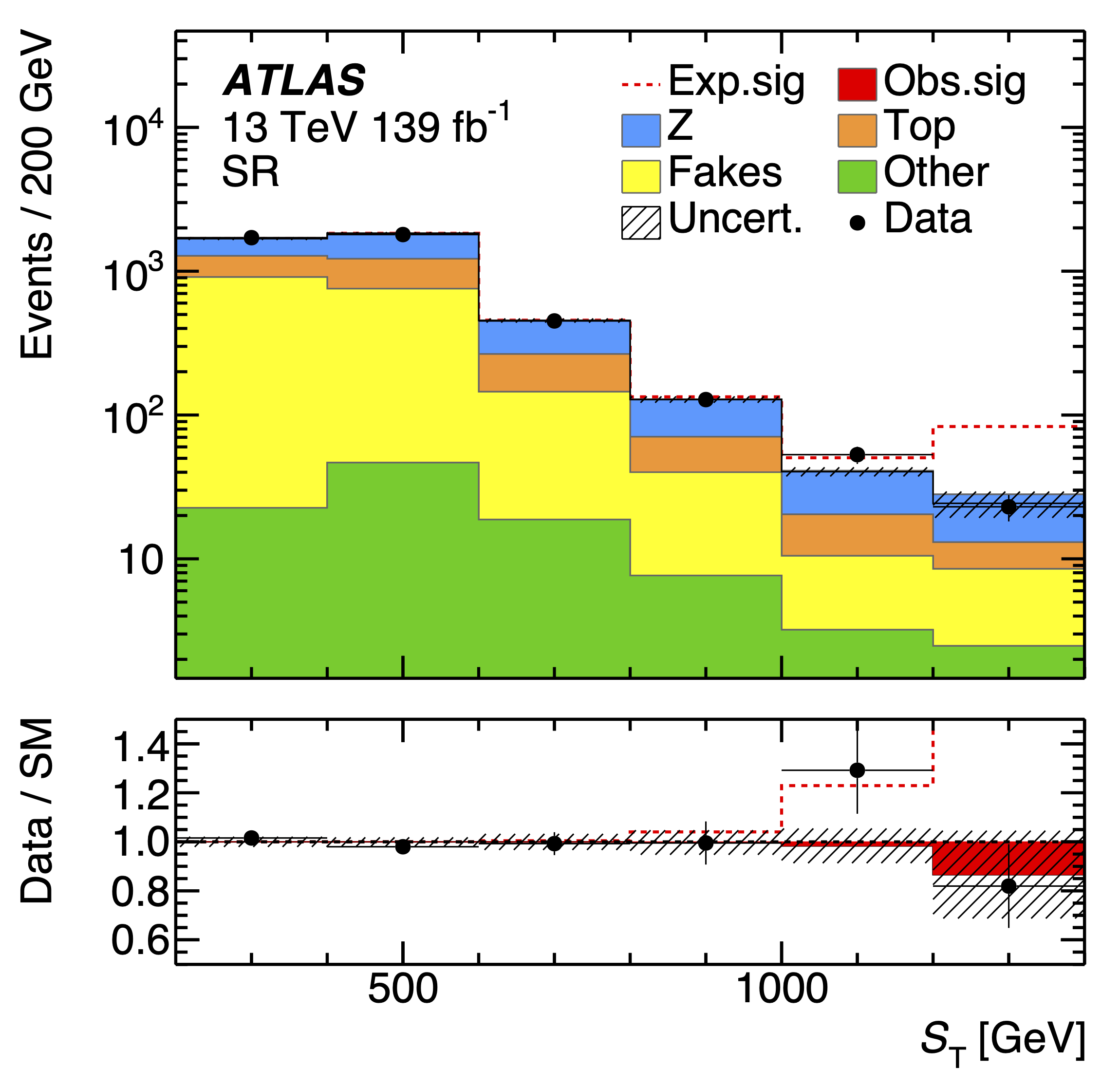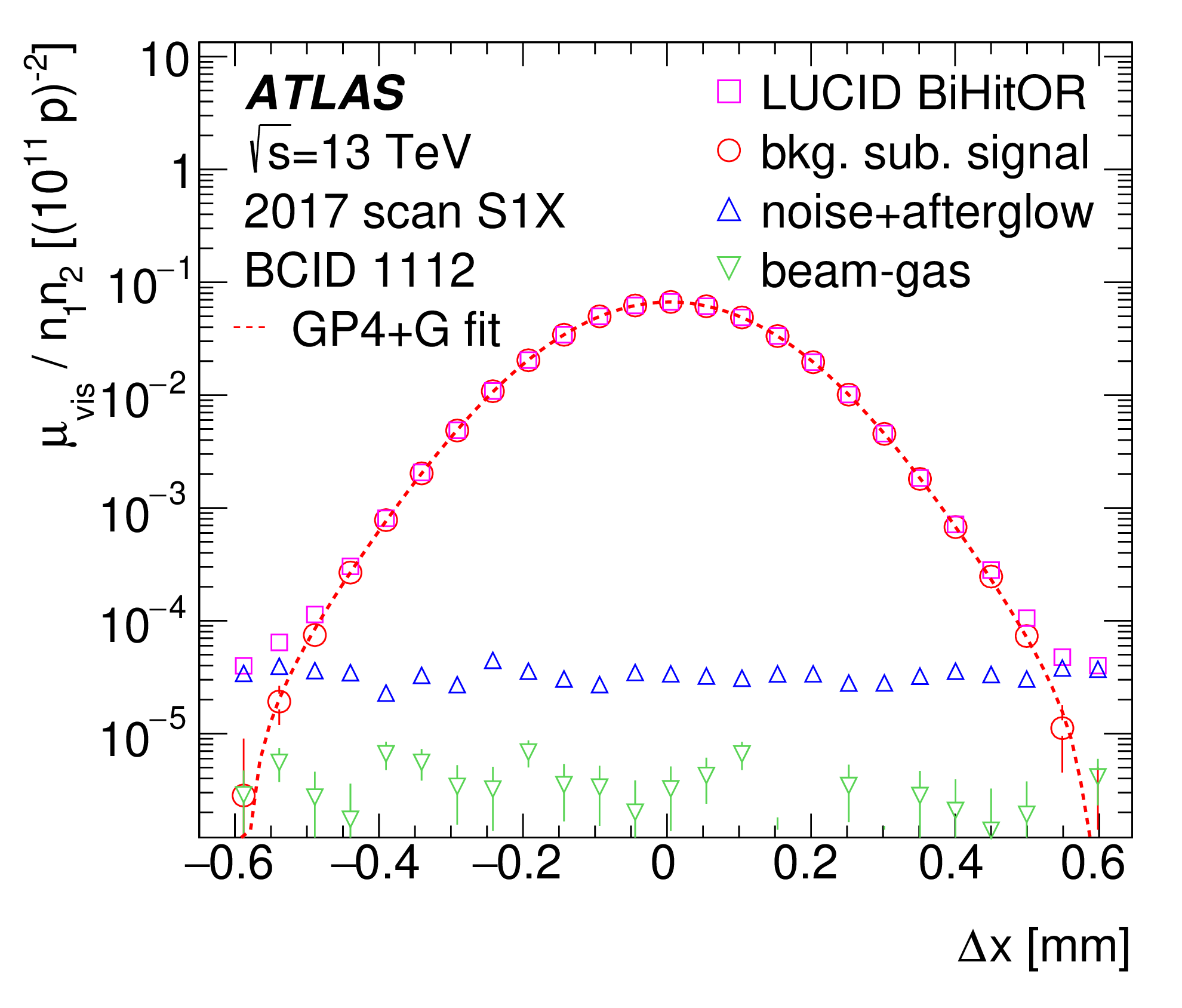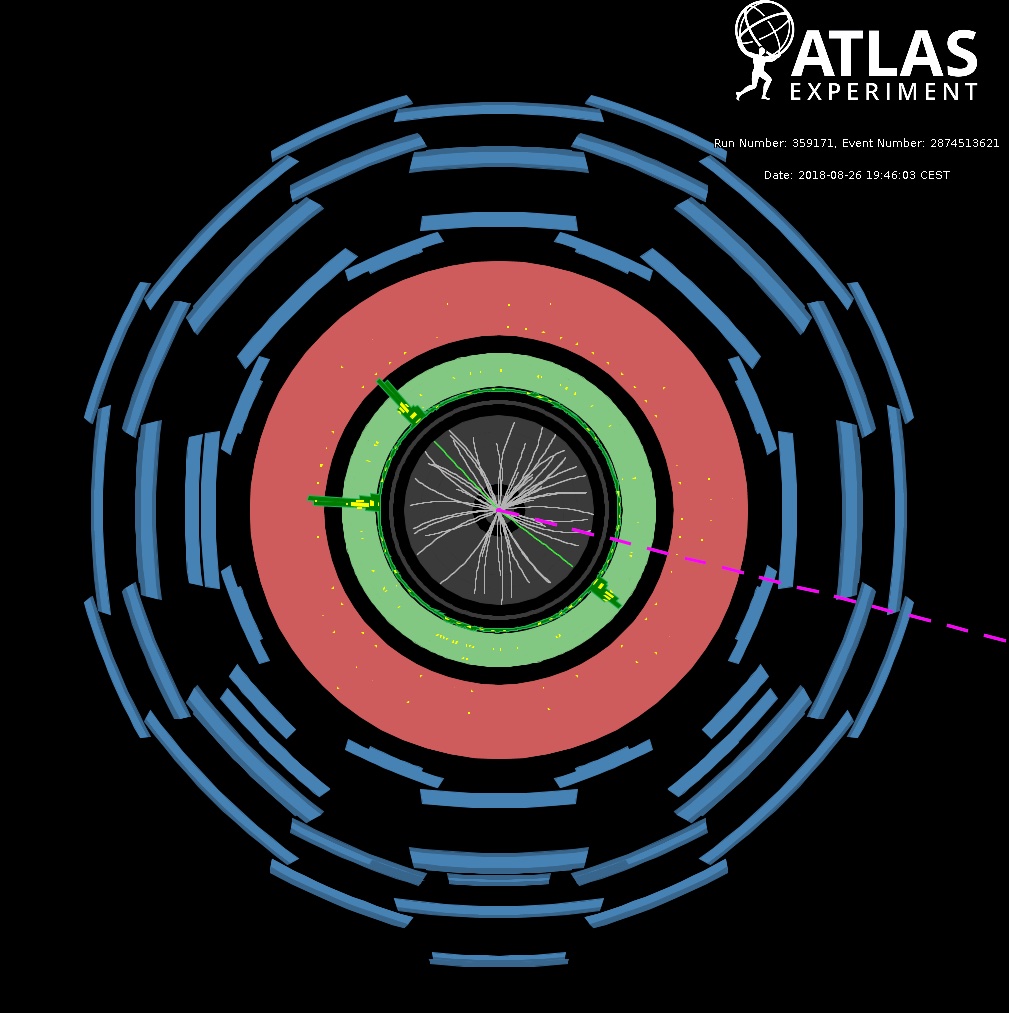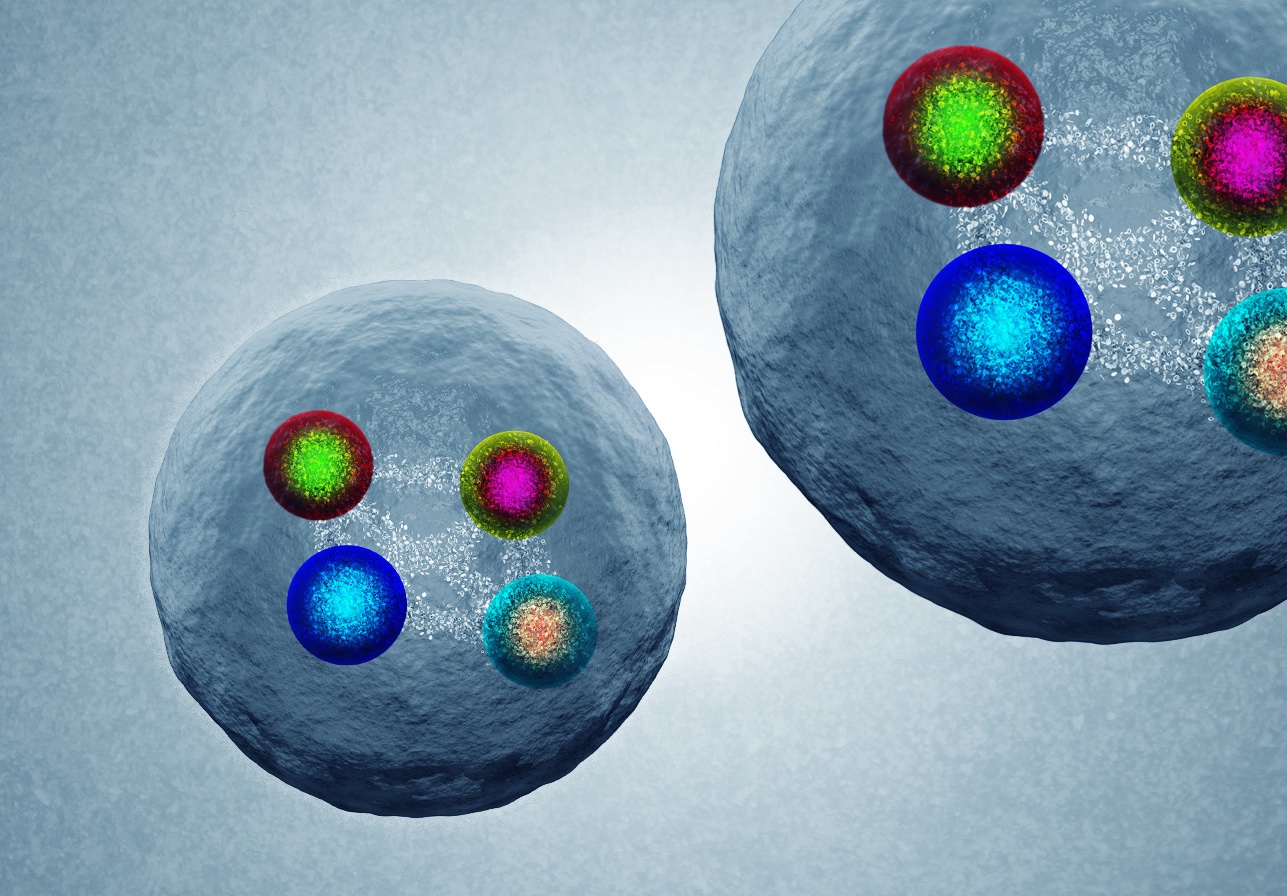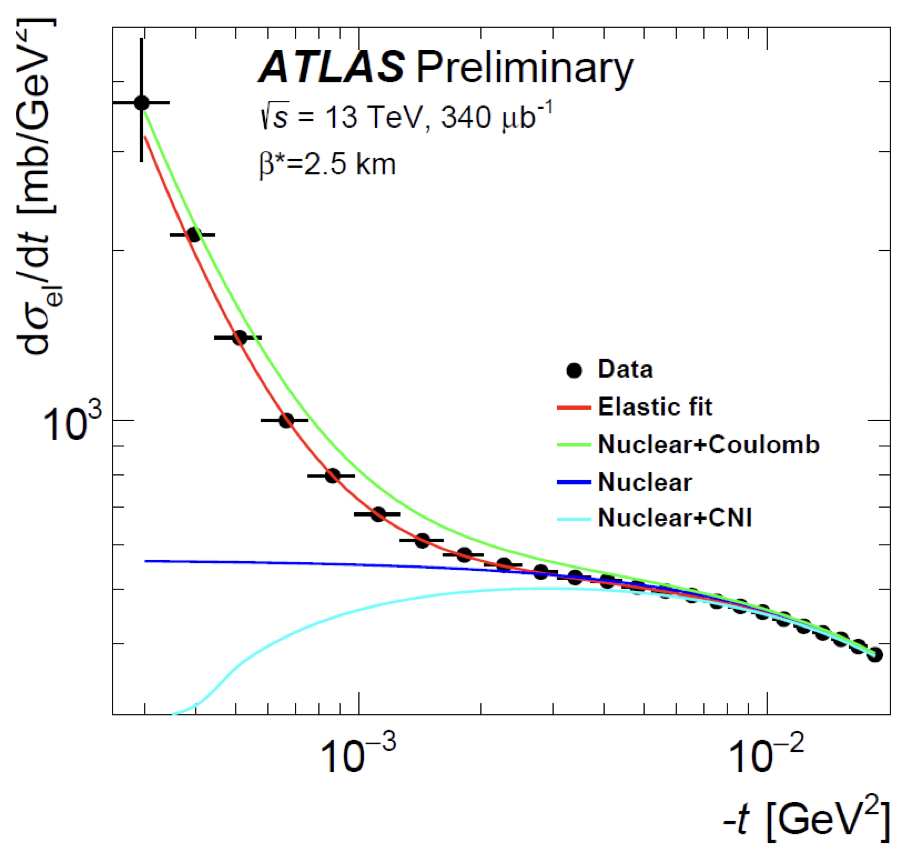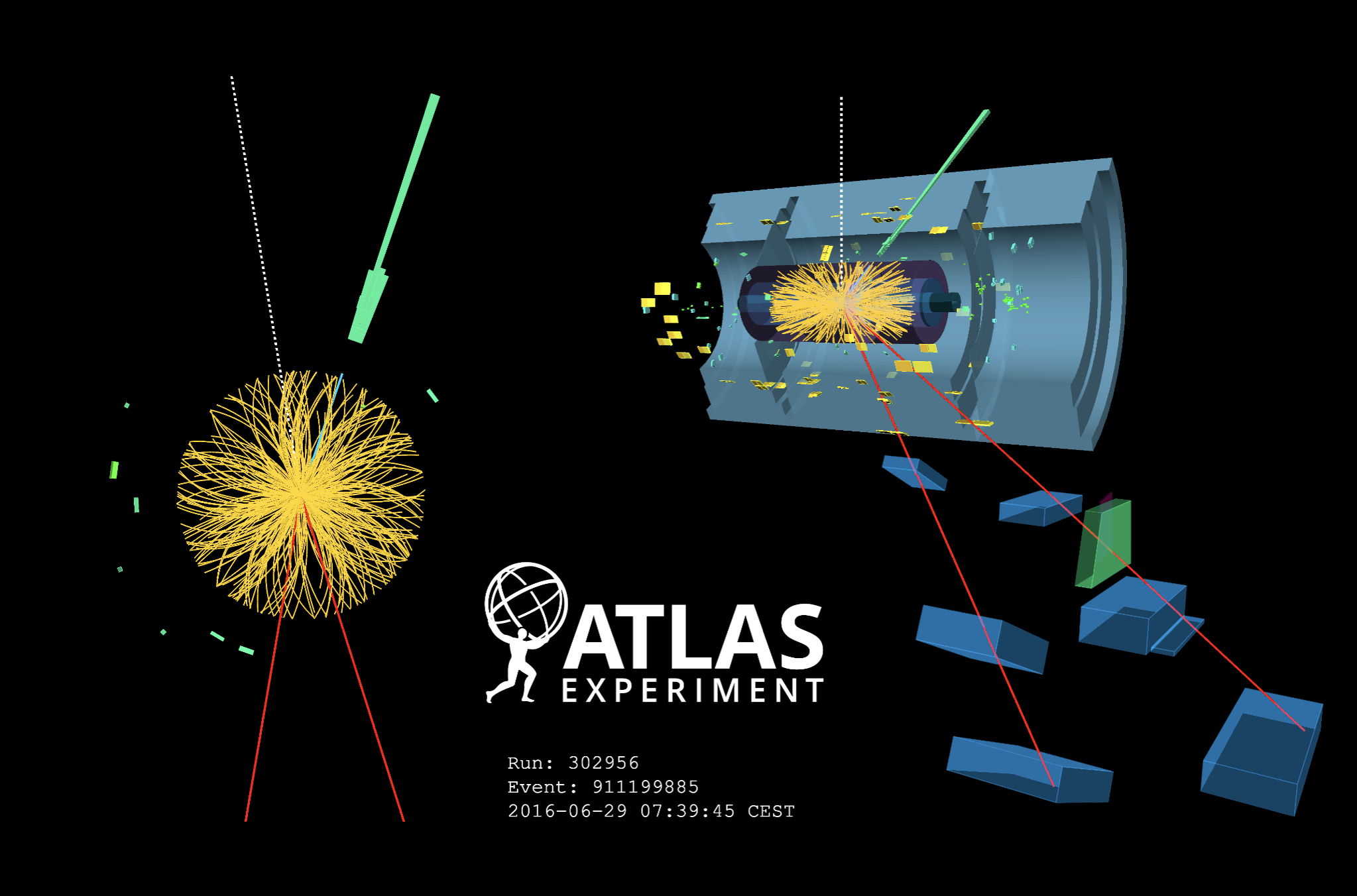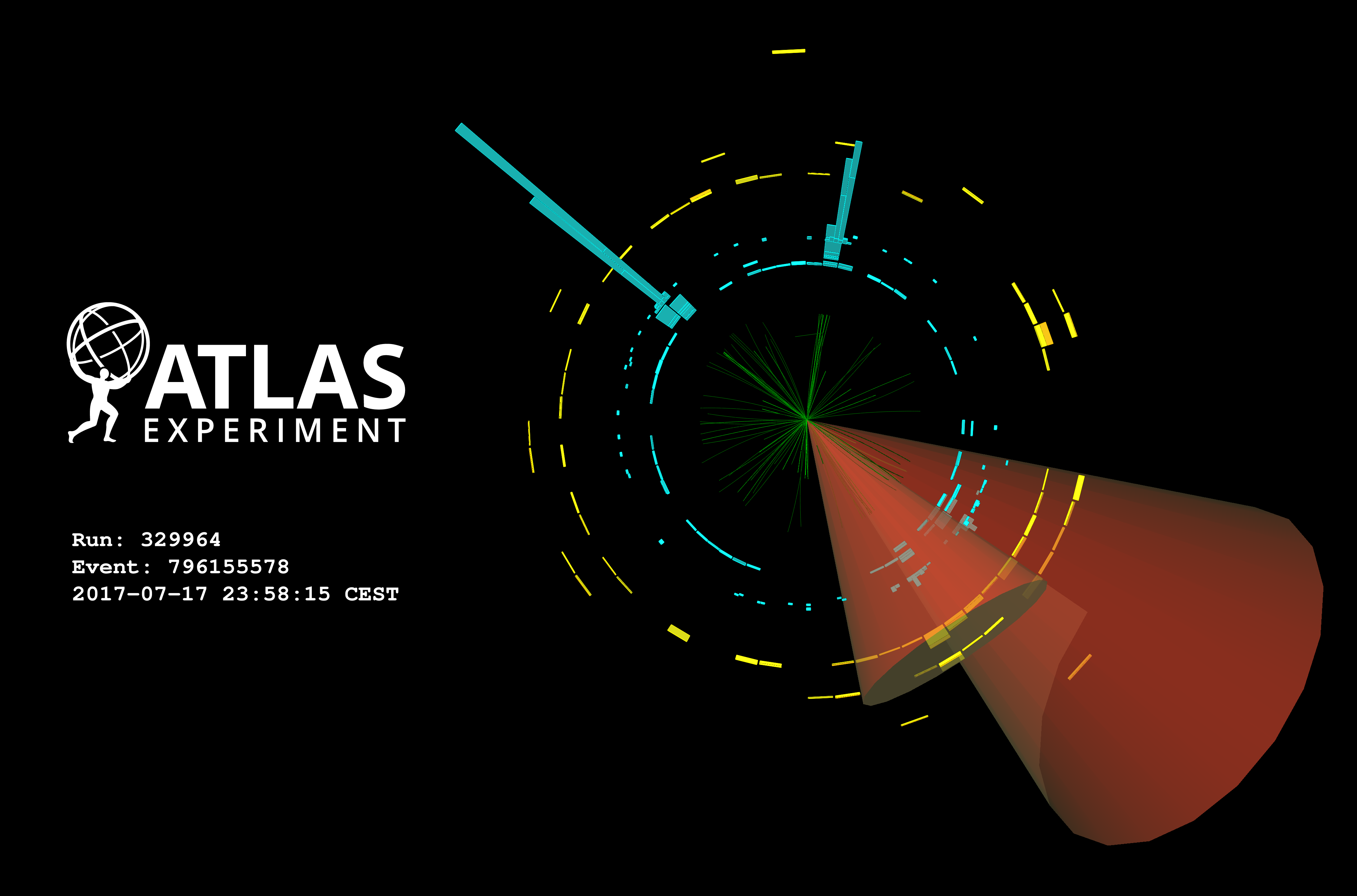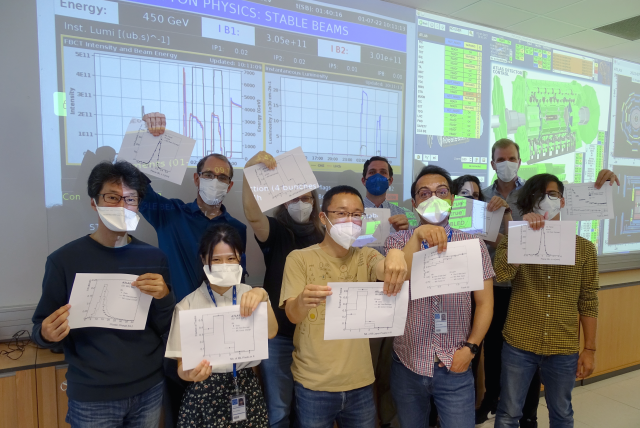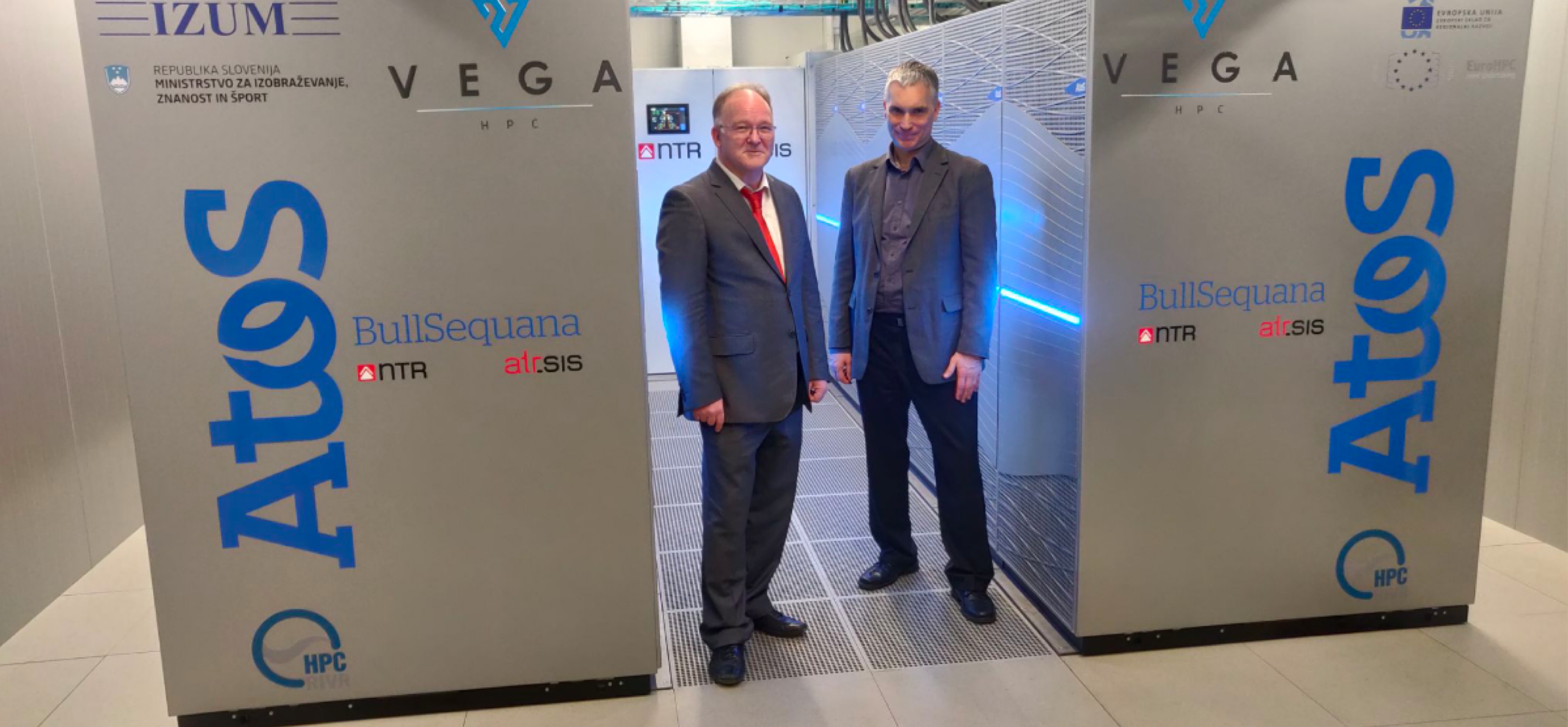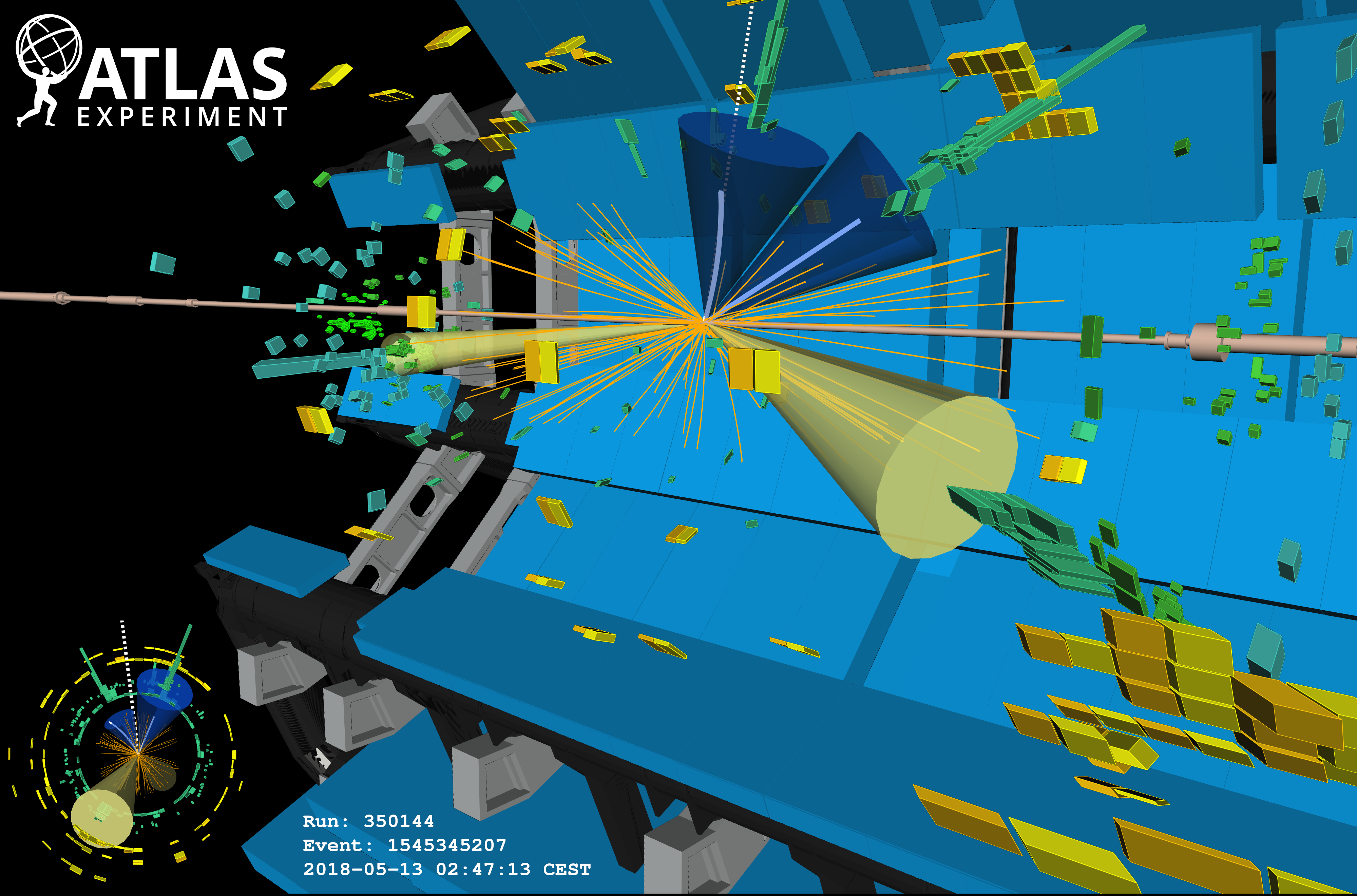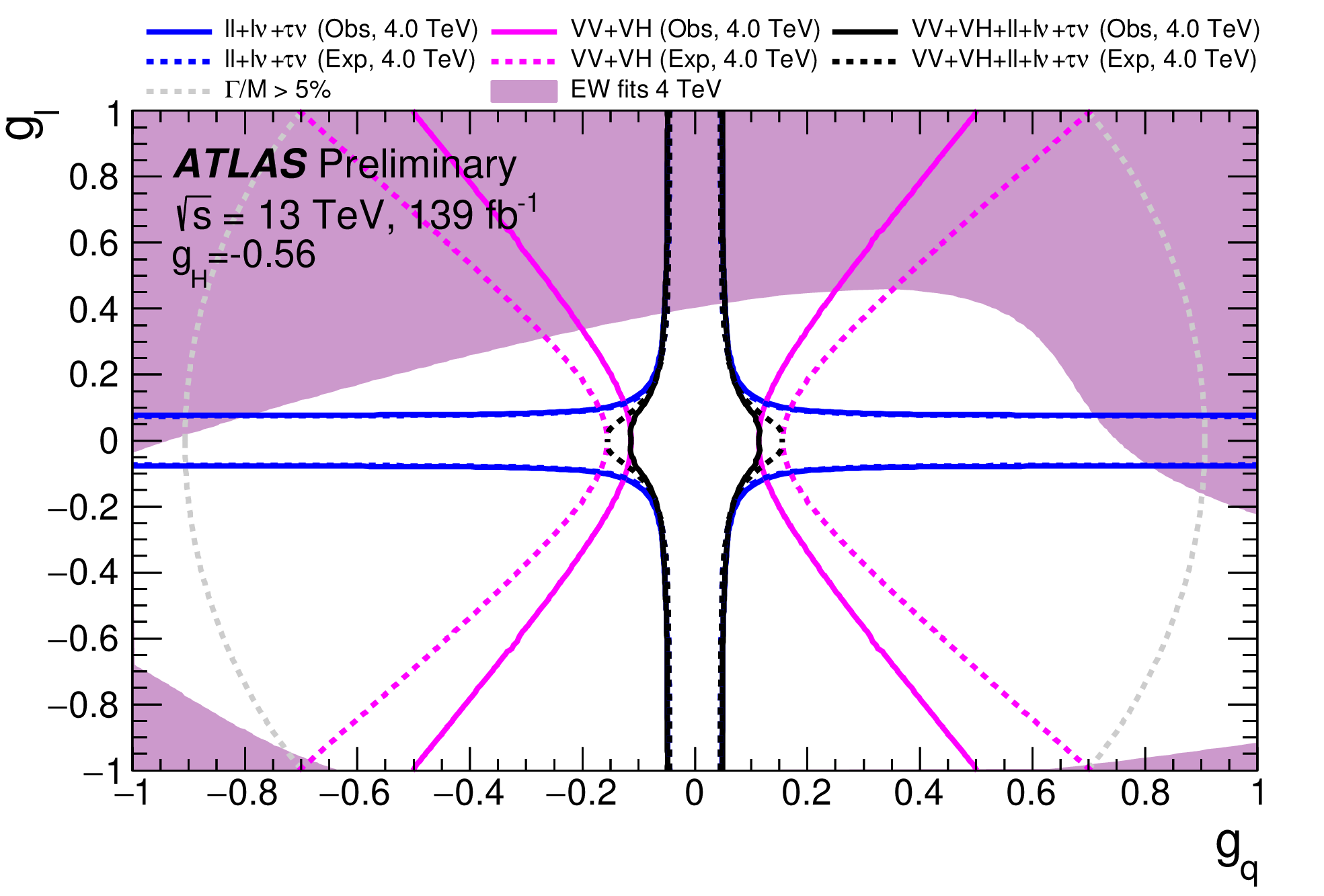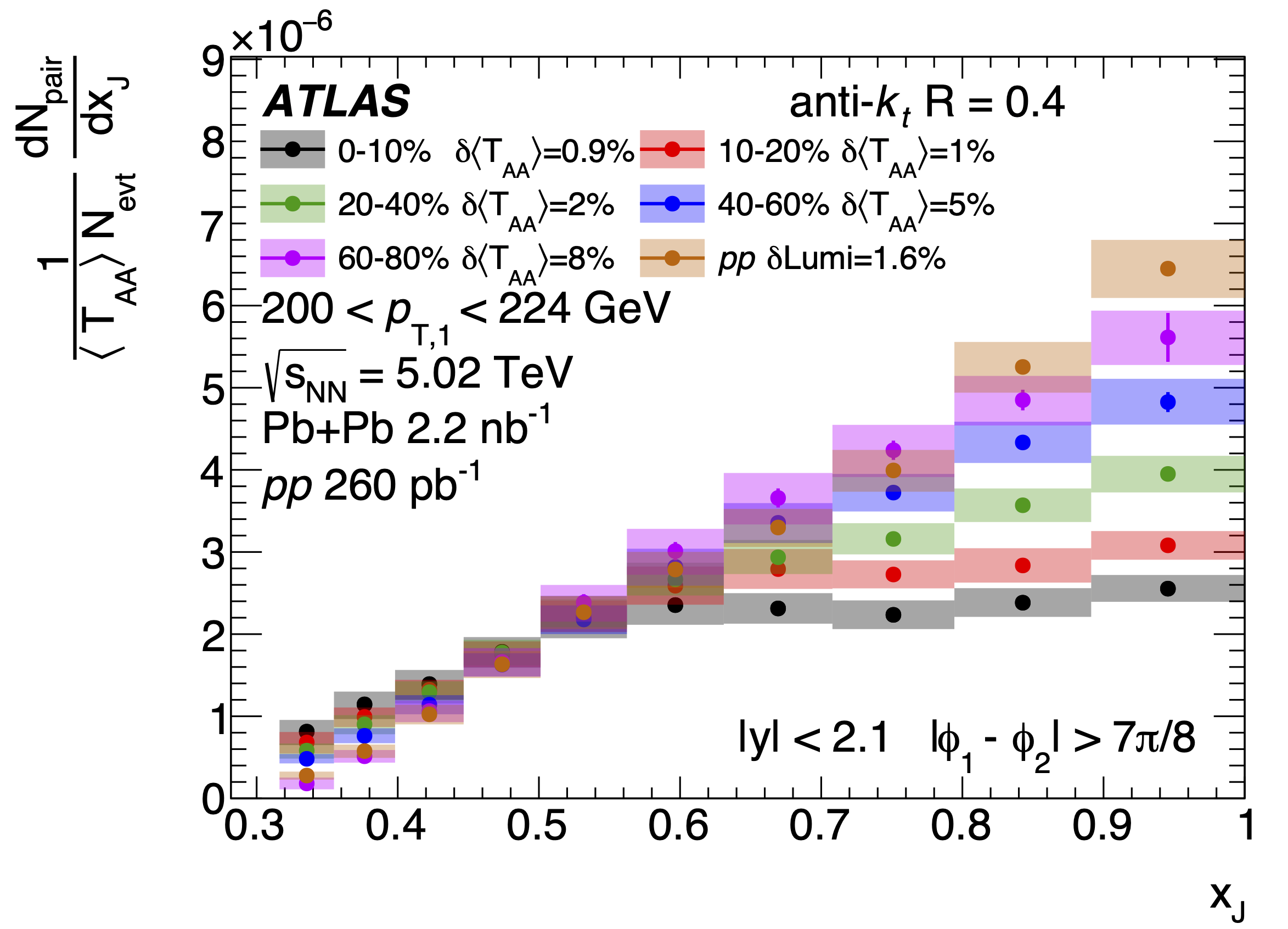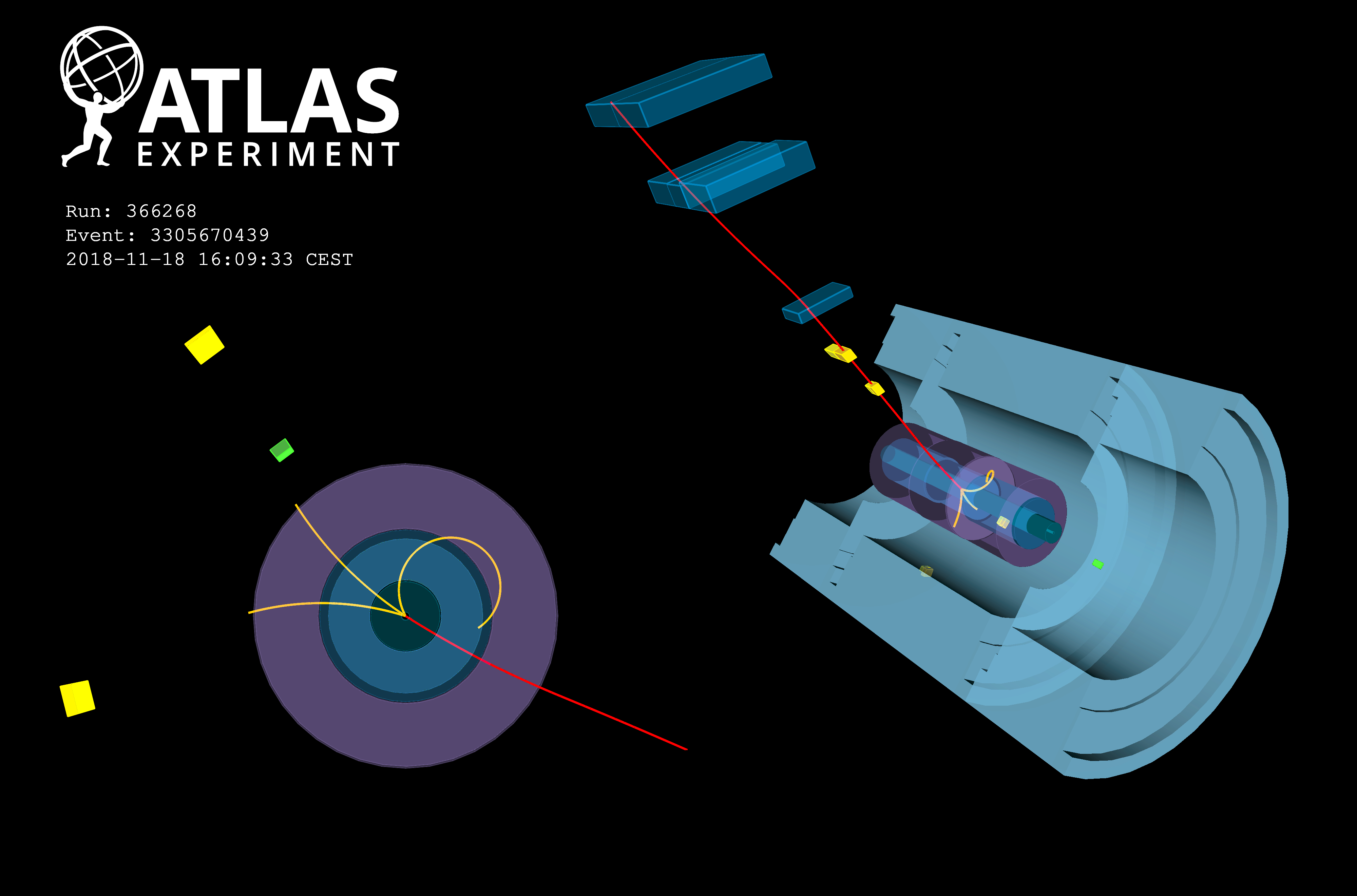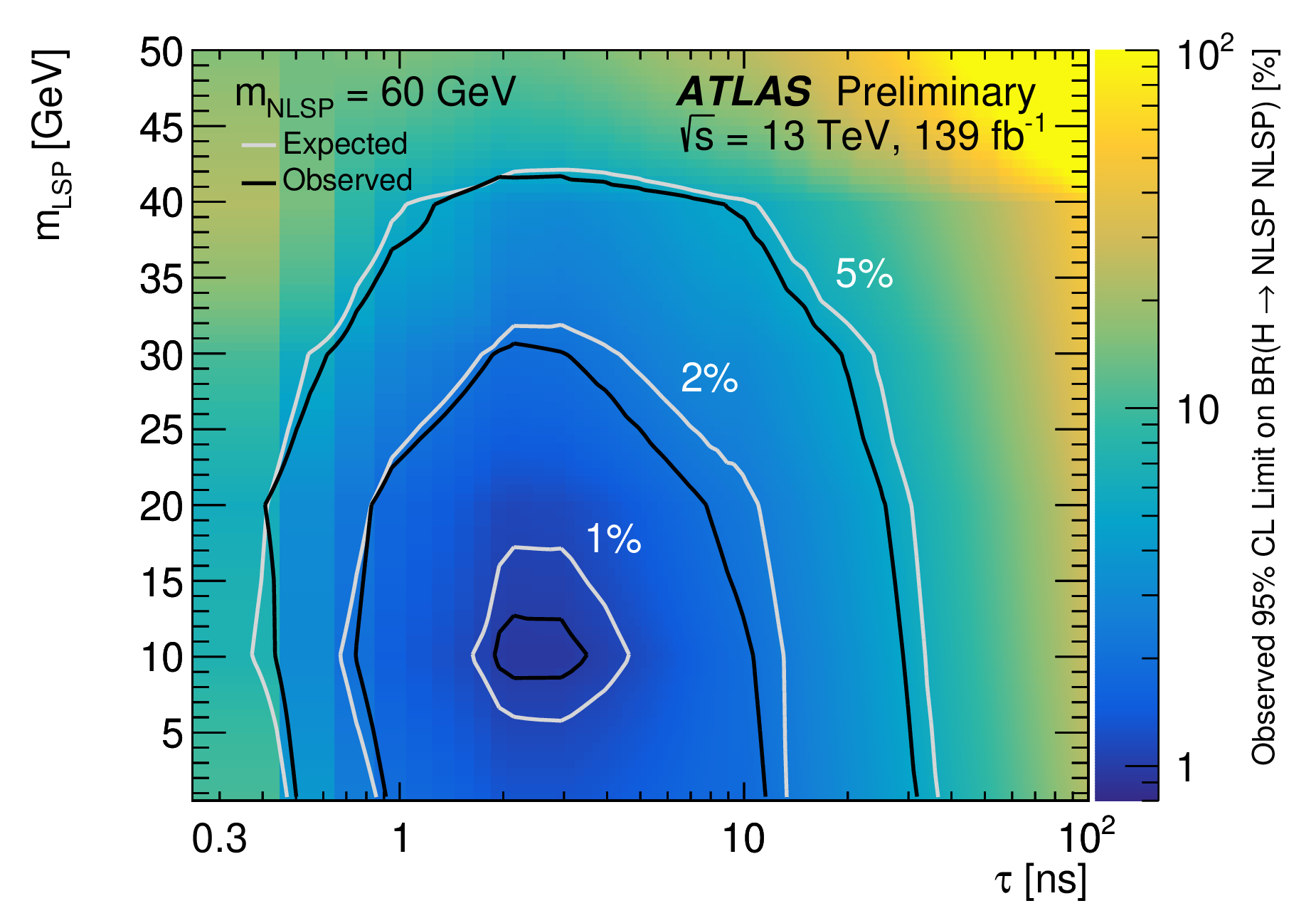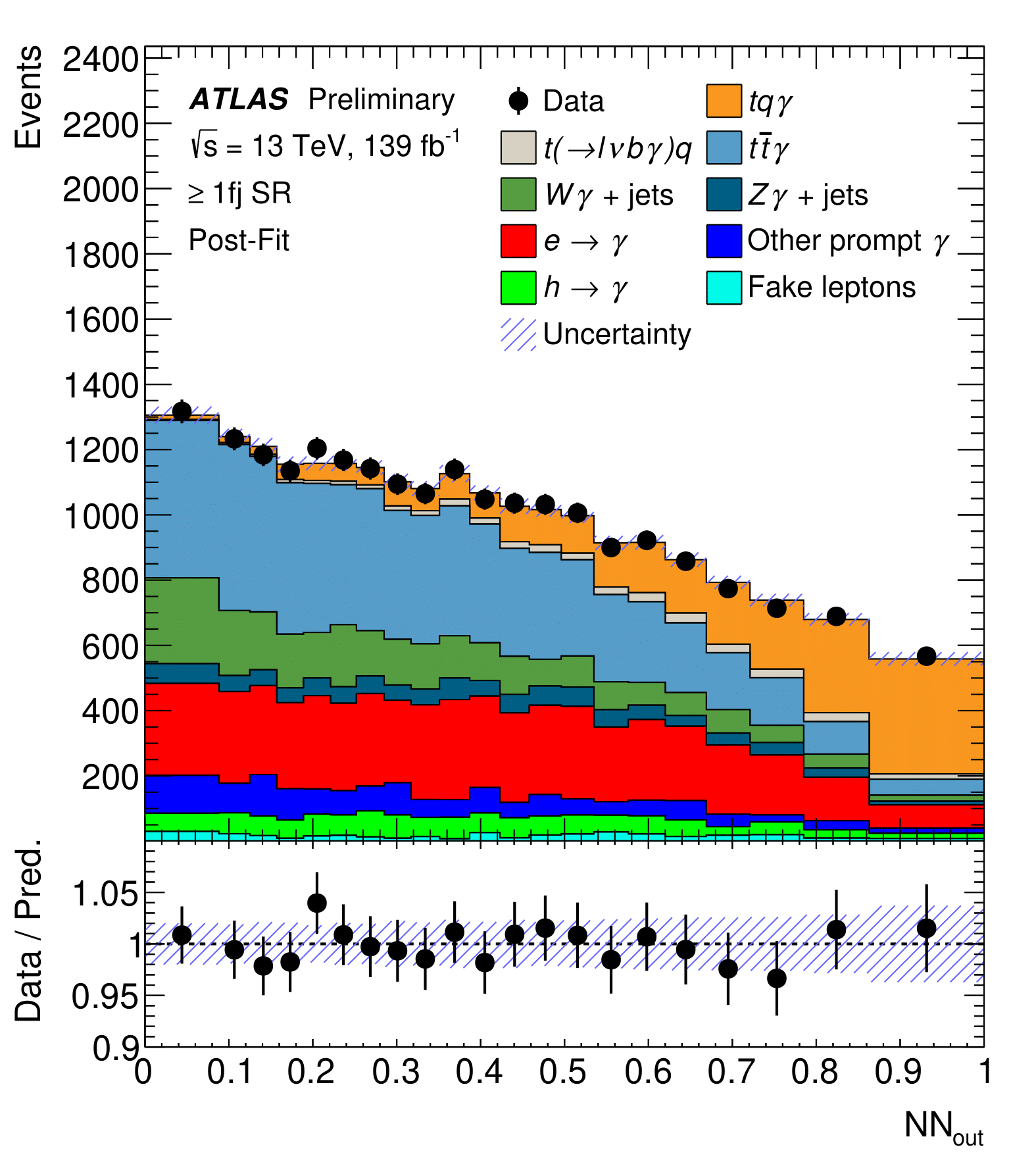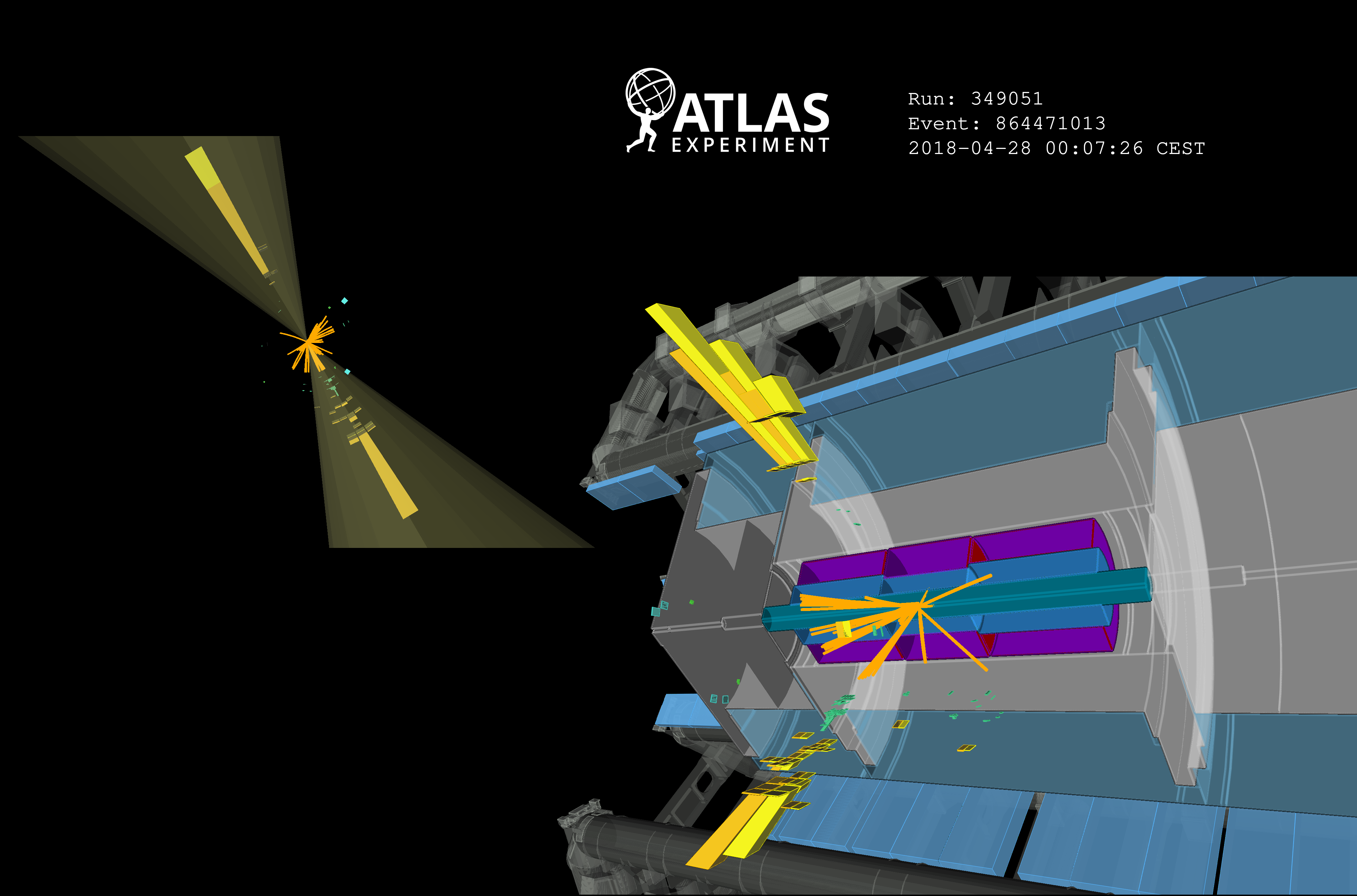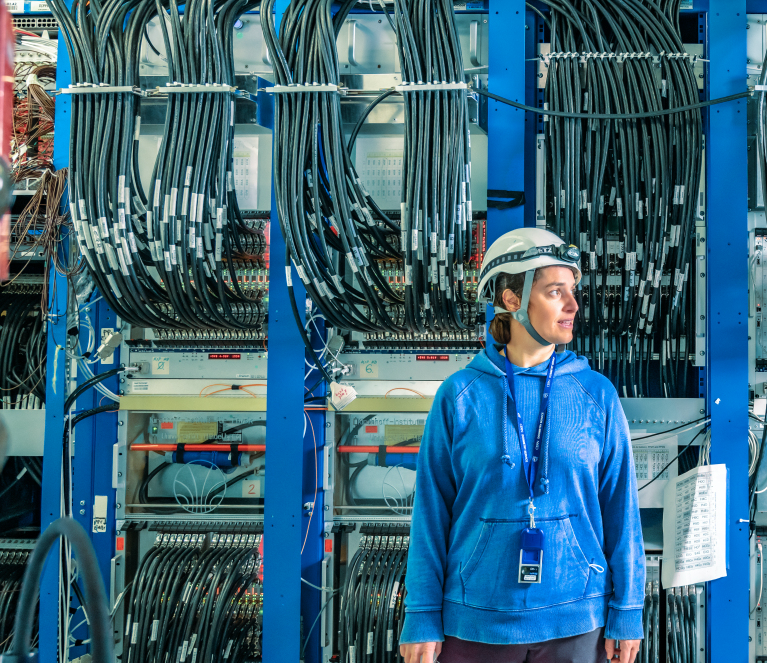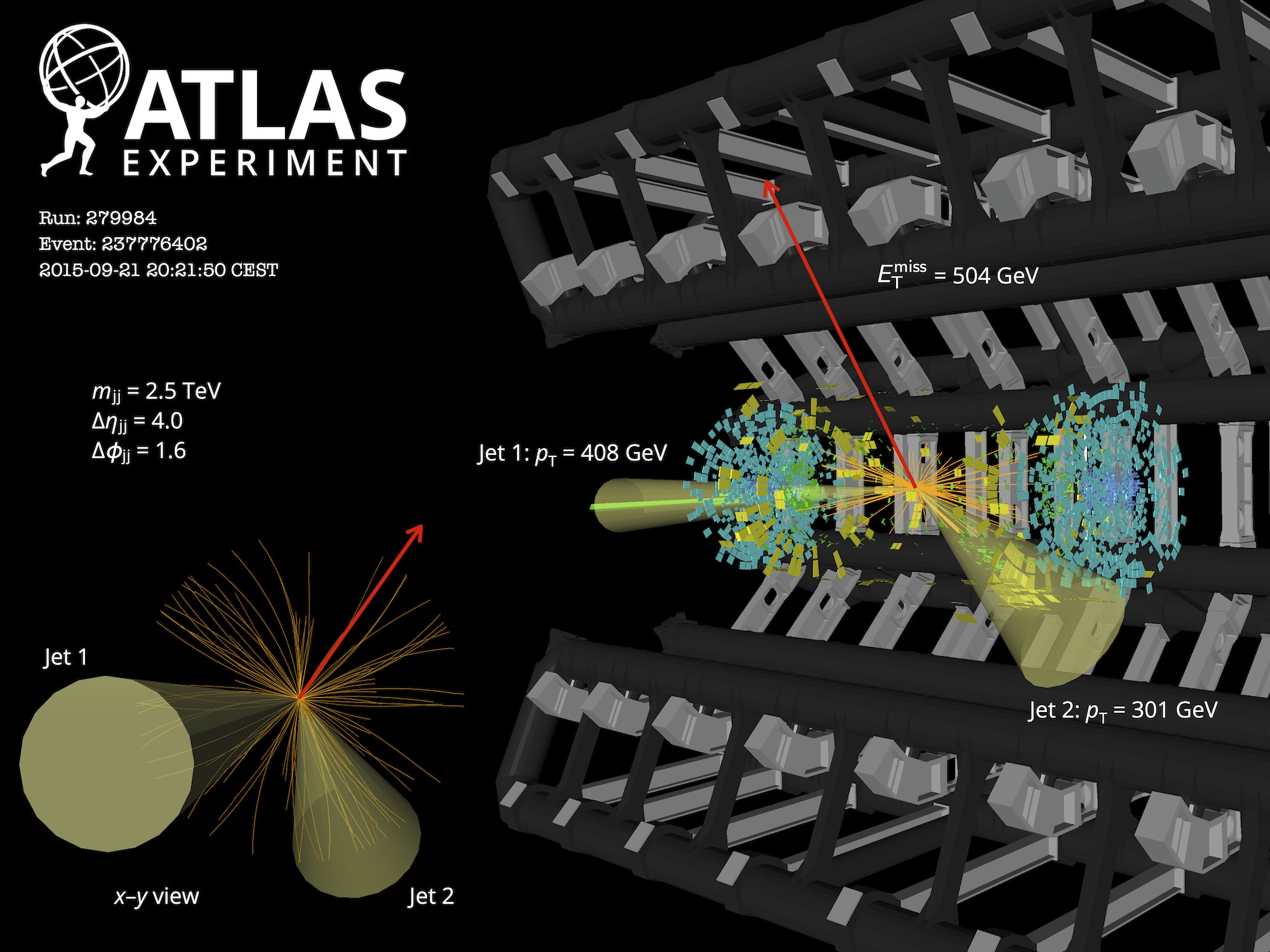Briefings
Tau & co.: the search for new physics with the heaviest leptons
The ATLAS Collaboration has released two new studies of the tau lepton, investigating whether this elementary particle may actually be composite in nature.
ATLAS delivers most precise luminosity measurement at LHC
The ATLAS Collaboration has just released its most precise luminosity measurement to date. They studied four years of measurements (2015-2018), covering the entire Run 2 of the LHC to assess the amount of luminosity delivered to the ATLAS experiment.
ATLAS casts wide net in search for new high-mass particles
The ATLAS Collaboration has performed an extensive search for new, high-mass particles that can decay to a pair of W bosons. As many theoretical models predict the existence of such high-mass particles, physicists were able to investigate the validity of several models at once across a large energy range.
ATLAS moves into top gear for Run 3
The ATLAS Collaboration has just released its first Run 3 measurements, studying data collected in the first half of August 2022. Researchers have measured the interaction strength (or cross-section) of two well-known processes: the production of a pair of top quarks and the production of a Z boson.
ATLAS measures Higgs width
In a highlight result presented at the Higgs 2022 conference, the ATLAS Collaboration studied the production of off-shell Higgs bosons with a high invariant mass decaying into two on-shell Z bosons using the data collected during LHC Run 2 (2015-2018). For their new search, ATLAS physicists focused on events where the two Z bosons decay into four charged leptons (ZZ→4l channel) or two charged leptons plus two neutrinos (ZZ→ 2l2v channel), as they offered the highest signal sensitivity.
Using the Higgs boson to search for dark photons
The ATLAS Collaboration has been looking for signs of dark photons in data collected by the experiment during LHC Run 2 (2015-2018). Their newest search targets, for the first time in ATLAS, the production of a Higgs boson in association with a Z boson, with subsequent decay of the Higgs into a photon and a dark photon.
ATLAS observes potential four-charm tetraquark
In a new analysis presented at the ICHEP 2022 conference, ATLAS physicists found evidence of a four-charm-quark excess. Like the LHCb Collaboration, ATLAS sees both the X(6900) particle and a broad structure at threshold.
ATLAS measures quantum interference when protons bounce off each other
In a new result presented at ICHEP 2022, ATLAS physicists set out to measure proton scattering at microradian angles and study this quantum interference.
ATLAS measures joint polarisation of W and Z bosons
In a new result presented at the ICHEP 2022 conference, ATLAS physicists have been able to observe events with both a W and Z boson simultaneously polarised longitudinally for the very first time.
ATLAS explores the self-interaction of the Higgs boson
In the most recent effort to constrain the Higgs self-coupling constant, ATLAS physicists used the full Run-2 dataset (collected during 2015-2018) to perform a combined study on the production of a single Higgs boson and two Higgs bosons. This single-Higgs analysis was featured in a paper released in Nature today, looking back on 10 years of Higgs boson research at the ATLAS Experiment
ATLAS Pixel detector in Run 3
The ATLAS experiment at the Large Hadron Collider (LHC) is on the eve of a new data harvest with the restart of the LHC for Run 3. The upcoming four-year run will provide a dataset nearly twice the size of what was collected in Run 2 (2015–2018).
Harnessing a supercomputer for ATLAS
ATLAS researchers are exploring the potential of High Performance Computing (HPC). HPC harnesses the power of purpose-built supercomputers constructed from specialised hardware, and is used widely in other scientific disciplines.
ATLAS measures symmetry of Higgs boson decays to tau leptons
The ATLAS Collaboration has just released a new measurement of the CP properties of H→ττ interactions. The study of H→ττ allows researchers to understand the CP-nature of Higgs boson interactions.
Searches united
The ATLAS Collaboration has released a new combined search for heavy vector bosons, which includes 13 individual searches studying different final states. The new combination includes, for the first time, a dedicated search for heavy particles decaying to third-generation leptons (taus).
ATLAS looks for top quarks going against the current
Using the full Run-2 dataset, the ATLAS Collaboration has published four analyses searching for flavour-changing neutral currents in the production and decay of the top quark. The results study top-quark processes involving all four neutral bosons: the photon, gluon, Z boson and Higgs boson.
Mass matters – but it isn't the only thing!
The ATLAS Collaboration finds evidence of parton mass, colour-charge and radiation-pattern dependence in quark-gluon-plasma induced energy loss.
ATLAS gives new insight into dijet suppression in heavy-ion collisions
At the recent Quark Matter 2022 conference in Krakow, Poland, members of the ATLAS Collaboration presented a new study of “jets” of particles travelling through the QGP. The result provides new insight into dijet suppression due to interactions with the nuclear medium.
ATLAS observes pairs of tau particles in heavy-ion collisions
Today at the Quark Matter 2022 Conference, the ATLAS Collaboration announced the observation of tau-lepton pairs created when particles of light – or photons – interact during lead-ion collisions. The result opens a new avenue for measuring how magnetic the tau lepton is – a property sensitive to new particles beyond the Standard Model.
ATLAS strengthens its search for supersymmetry
Where is all the new physics? Could it be sneaking past the standard searches? ATLAS researchers have developed innovative ways to search for new particles, improving their search programme to ensure they have the best chance of discovering new physics in Run 3 of the LHC.
Search for new physics in Higgs boson decays with displaced photons
The ATLAS Collaboration performed a new search for exotic Higgs-boson decays using the full dataset of 13 TeV proton-proton collisions delivered by the LHC between 2015 and 2018.
One Higgs boson found – could there be more?
Many theories suggest that the Higgs boson discovered in 2012 by the ATLAS Experiment is but the first to be observed from a larger Higgs family. A new ATLAS analysis searches for the presence of a new singly-charged Higgs boson.
ATLAS reports first observation of single top-photon production
The ATLAS Collaboration announces the first observation of “tqγ production”: the associated production of a single top quark and a photon in proton-proton collisions at the LHC.
ATLAS seeks out unusual signatures of long-lived particles
The ATLAS Collaboration has devised a range of new strategies to look for long-lived particles with various possible characteristics. Four new results from this effort were presented at the recent Lepton-Photon and La Thuile conferences.
ATLAS event selection system readies for LHC Run 3
The ATLAS trigger system operated extremely successfully during Run 1 (2009–2013) and Run 2 (2015–2018) of the LHC. It is now undergoing various upgrades in preparation for the upcoming Run-3 data-taking period, which will see a moderate increase in the rate of collisions inside the experiment.
Looking for the invisible with the Higgs boson
According to the Standard Model, most particles get their mass through an interaction with the Higgs field. If dark-matter particles acquire their mass in the same way, a Higgs boson created in an LHC collision might sometimes decay into a pair of “invisible” dark-matter particles. The ATLAS Collaboration has released a new search for invisible Higgs-boson decays using the full Run 2 dataset.

